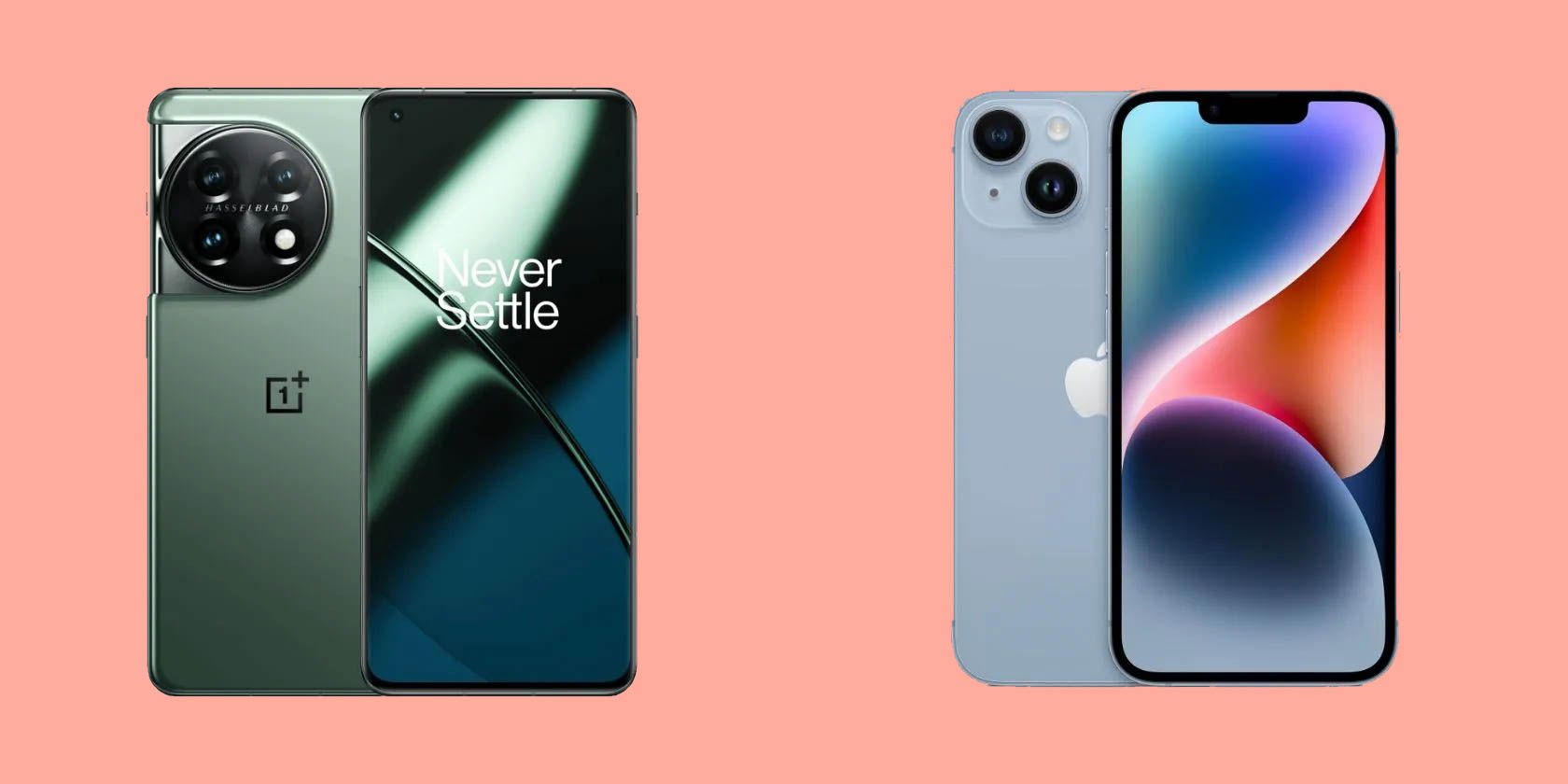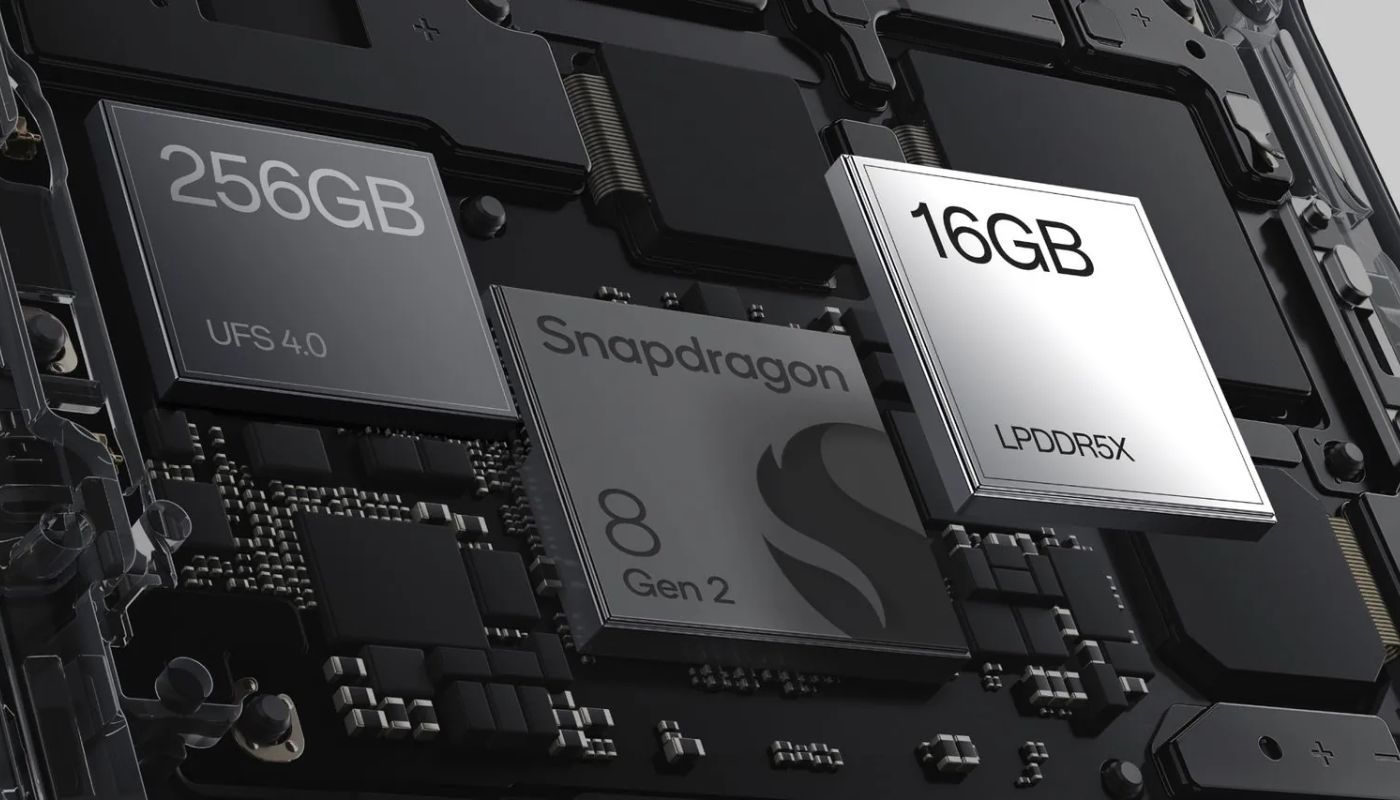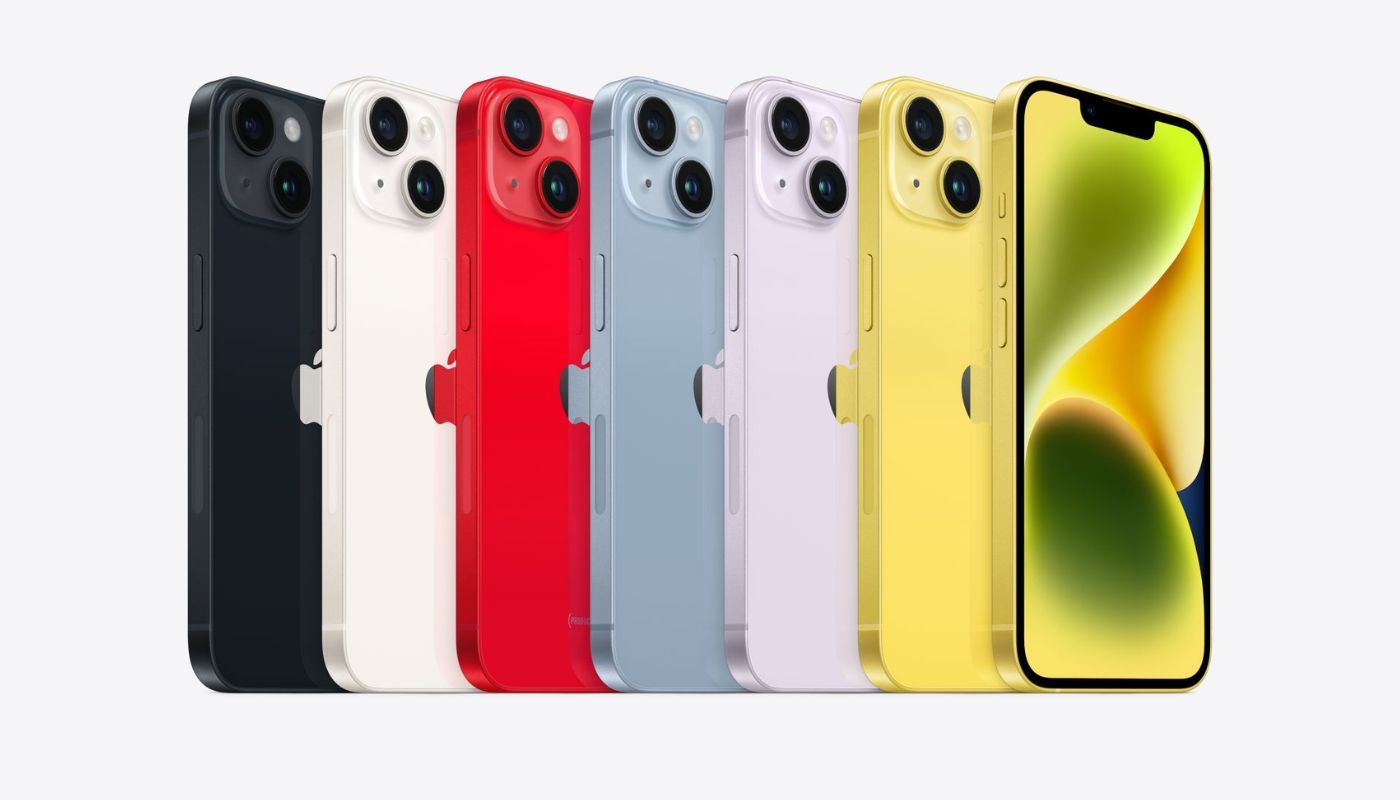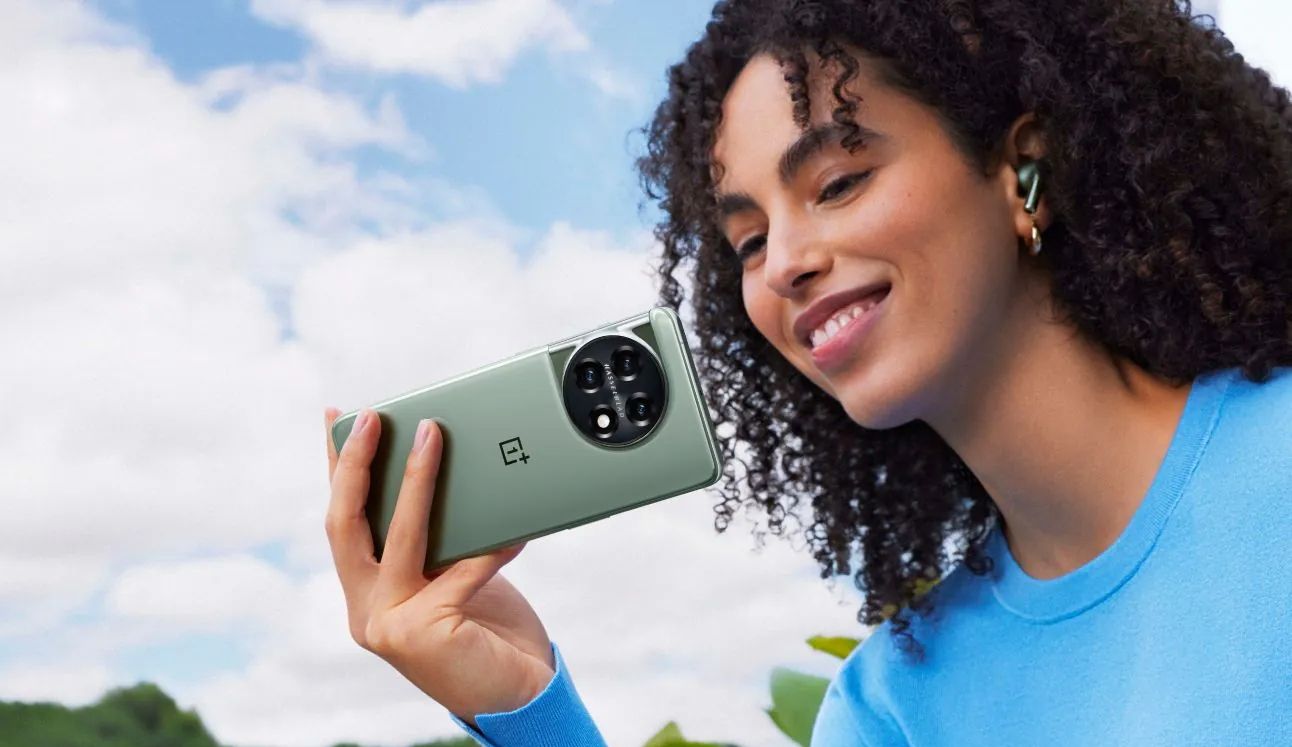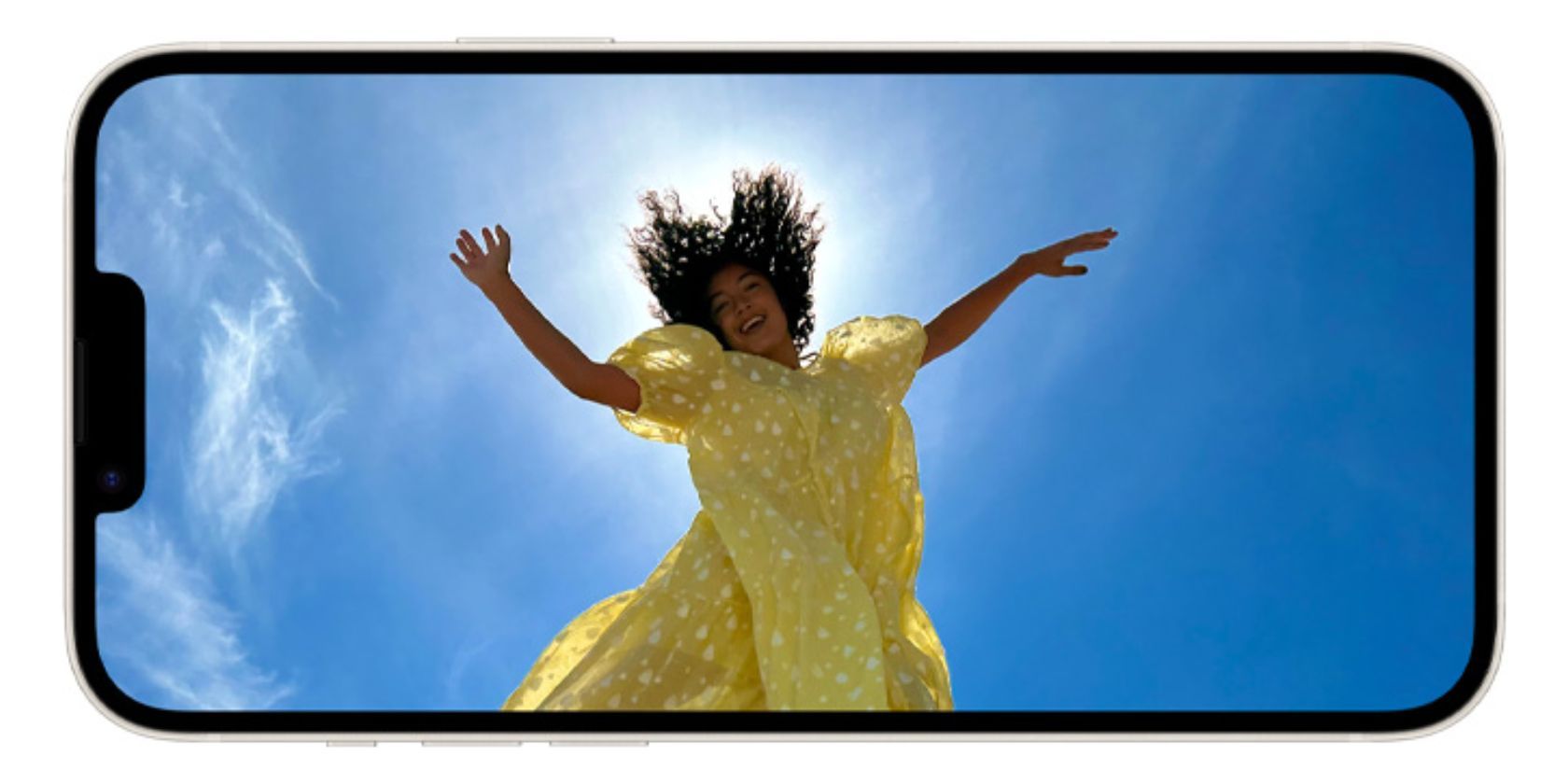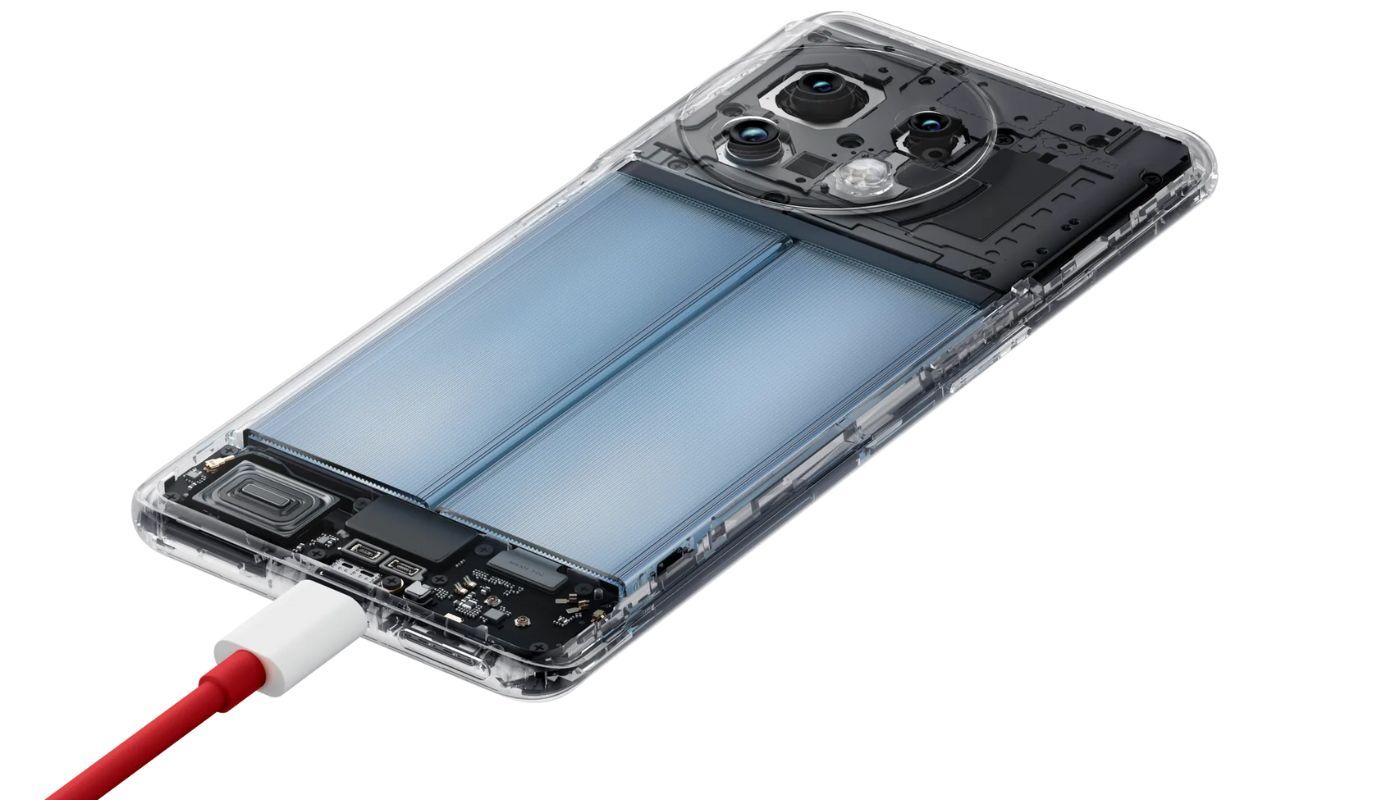The OnePlus 11 stands shoulder-to-shoulder with the iPhone 14 Plus in terms of screen size and luxury.
However, beyond their shared status as big, premium smartphones, these devices differ significantly in terms of design, functionality, and pricing.
Below, we'll compare and analyze the hardware and features of both devices to help you decide which is the best option for your needs.
Pricing and Storage Options
- OnePlus 11: 128GB at $699; 256GB at $799
- iPhone 14 Plus: 128GB at $899; 256GB at $999; 512GB at $1,099
While the iPhone 14 Plus provides one more storage option, it is correspondingly priced higher across all variants, with a significant $200 difference compared to the OnePlus 11.
If price is a priority, the OnePlus 11 emerges as the obvious choice with its comparatively lower price point. However, if budget constraints are not a major concern and you are seeking the best value for money, it is worthwhile to consider the factors discussed below as well.
Performance
- OnePlus 11: Qualcomm Snapdragon 8 Gen 2, 8GB/16GB RAM
- iPhone 14 Plus: A15 Bionic, 6GB RAM
The iPhone 14 Plus is equipped with a hexacore A15 Bionic chip processor with a 5-core GPU, while the OnePlus 11 features the latest Snapdragon 8 Gen 2 processor. Both processors offer comparable performance in day-to-day use, and you'll hardly notice any difference between the two devices in terms of overall performance.
However, the OnePlus 11 boasts a larger RAM capacity, with 8GB of RAM for the 128GB storage model and 16GB of RAM for the 256GB variant, compared to the 6GB of RAM on the iPhone.
While the increased RAM capacity can positively impact performance, potentially allowing for smoother multitasking and faster app loading times, iOS is much better than Android at managing system memory. So, the difference will be slight, if any, and likely only noticeable under intensive workloads like gaming.
Design and Build
- OnePlus 11: 74.1 x 163.1 x 8.53 mm; 205 g; IP64 rating
- iPhone 14 Plus: 78.1 x 160.8 x 7.8 m; 203 g; IP68 rating
The iPhone 14 Plus is broader, slimmer, lighter, and only slightly shorter than the OnePlus 11. It uses a Ceramic Shield on the front and toughened glass on the back, whereas the OnePlus 11 has a Gorilla Glass Victus and Gorilla Glass 5 on the front and back. Both smartphones contain an aluminum mid-frame.
The iPhone 14 Plus features a sleek and flat-edged design with curved corners. On the rear, the iPhone 14 Plus has dual-camera lenses arranged diagonally in an elevated square camera module in the top left corner. As is customary of all iPhone models, the back glass panel of the iPhone 14 Plus, too, features the Apple logo.
While the iPhone 14 Plus maintains the same design as the iPhone 13 lineup, the OnePlus 11 showcases significant design changes compared to its predecessors. It features a circular-shaped cutout for the camera lenses on the back panel, enclosed by a stainless steel frame. The rear panel also has a slight curve, providing a comfortable grip.
Apple offers various color options for the iPhone 14 Plus, including Midnight, Purple, Red, Yellow, Blue, and Starlight. In contrast, the OnePlus 11 is available in a more limited selection, with just Eternal Green and Titan Black.
The iPhone 14 Plus also boasts an impressive IP68 water resistance rating, providing robust protection against dust, water, and splashes. On the other hand, the OnePlus 11 possesses a much lower IP64 rating, offering only slight resistance to dust and moisture.
Camera Quality
- OnePlus 11: Triple-camera setup: 50 MP primary, f/1.8 aperture; 48MP ultra-wide, f/2.2 aperture with 115-degree field of view; 32MP telephoto, f/2.0 aperture; 2X optical zoom; 8K video at 24FPS
- iPhone 14 Plus: Dual-camera setup: 12MP primary, f/1.5 aperture; 12 MP ultra-wide, f/2.4 aperture with 120-degree field of view; 2X optical zoom out; 4K video recording at 60FPS
There are apparent differences between the two phones when it comes to cameras. The OnePlus 11 has a triple-camera system, whereas the iPhone 14 Plus houses a dual-camera setup. Although the iPhone 14 Plus has a much lower megapixel count for both its cameras, it still produces more natural-looking pictures than the OnePlus 11 due to advanced software and superior image processing abilities.
The iPhone 14 Plus can shoot 4K videos at 60FPS for video recording on both the front and back cameras. However, the OnePlus 11 can record up to 8K at 24FPS on the back camera, producing videos with remarkable clarity and detail. As impressive as its back camera video recording capabilities are, OnePlus's front camera disappoints with a maximum resolution of 1080p at 30 FPS.
The telephoto camera on the OnePlus 11 allows for 2x optical zoom, but we didn't notice a significant difference compared to the 2x zoom of the iPhone's main camera, except that the shot taken from OnePlus's telephoto lens was a bit sharper.
Cameras on both smartphones have impressive features and modes, such as Night mode, Portrait mode, slow motion, long exposure, image stabilization, and more. However, the OnePlus 11 outperforms the iPhone 14 Plus in capturing HDR and close-up macro shots.
The iPhone 14 Plus takes poor HDR shots and does not have a macro feature, so you'll need to opt for a Pro model if you wish to take close-up shots or refer to our guide on taking macro pictures on iPhone models without macro support instead.
Display
- OnePlus 11: 6.7-inch (diagonal) AMOLED display, 3216-by-1440-pixel QHD+ resolution at 525 ppi, 120 Hz adaptive refresh rate
- iPhone 14 Plus: Super Retina XDR display, 6.7‑inch (diagonal) all‑screen OLED display, 2778‑by‑1284-pixel resolution at 458 ppi, 60 Hz refresh rate
While both smartphones feature a 6.7-inch display, the OnePlus 11 surpasses the iPhone 14 Plus in almost every aspect when it comes to display specifications.
With an adaptive refresh rate that can go up to 120Hz, the OnePlus 11 provides a smoother experience in day-to-day use, whereas the iPhone 14 Plus provides a fixed 60Hz refresh rate. Additionally, the OnePlus 11's AMOLED display boasts a slightly higher pixel density due to the higher resolution, so you can expect text content to be a bit sharper.
Beyond these differences, both the OnePlus 11 and iPhone 14 Plus offer excellent displays that meet the needs of most users. Both phones are designed to be easily readable in direct sunlight, thanks to a similar peak brightness of 800 nits for SDR content.
As for HDR content, the OnePlus 11 can go up to 1,300 nits whereas the iPhone 14 Plus can reach 1,200 nits, but you can expect an immersive viewing experience on both of these devices.
Battery
- OnePlus 11: 5000mAh, 100W charging speed
- iPhone 14 Plus: 4323mAh, 20W charging speed
The OnePlus 11 boasts a substantial 5,000mAh battery capacity, providing ample power to keep the device running throughout the day. What sets it apart is the impressive SuperVOOC 100W charging speed. With such fast charging capabilities, the OnePlus 11 can go from 0% to 100% in just under 30 minutes.
Although the iPhone 14 Plus features a slightly smaller 4,323mAh battery capacity, it lasts noticeably longer than the OnePlus 11, according to various battery tests. While the iPhone's charging speed is no match for the OnePlus 11, the 20W charger ensures that the iPhone 14 Plus can replenish 50% of its battery in 30 minutes.
The iPhone 14 Plus also features wireless charging (Qi and MagSafe with maximum power outputs of 7.5W and 15W, respectively). Unfortunately, the OnePlus 11 lacks wireless charging capabilities.
The OnePlus 11 and iPhone 14 Plus Trade Blows
Both the OnePlus 11 and iPhone 14 Plus are impressive smartphones, each with its strengths and weaknesses. When considering the price, the OnePlus 11 is the clear winner since it's cheaper. However, the decision becomes more challenging if your budget is not a concern.
The OnePlus 11 would be a better choice if you want a better display, but if long-term performance, camera quality, and battery life are your top priorities, you can't go wrong with the iPhone 14 Plus. Your ultimate decision will also depend on whether you prefer Android or iOS.

